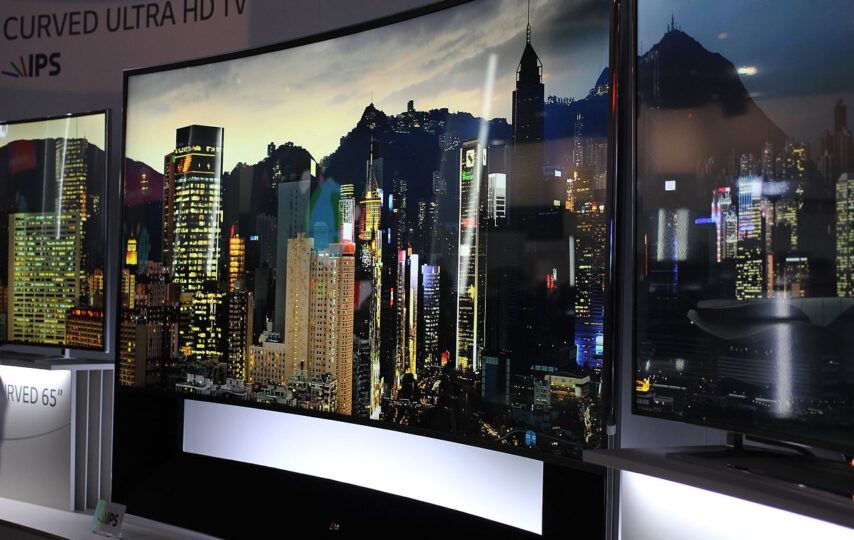You are in for an excellent surprise if you believe that the technical progression of home entertainment has reached its pinnacle with the introduction of high-definition television. Televisions that use organic light-emitting diodes, such as 1x OLED TV, are cutting-edge technology. Meanwhile, OLED displays were initially introduced to the consumer market in 2013, and since then, they have become more common in smartphones. On the other hand, because of advancements in manufacturing, OLED televisions are now being made available by an increasing number of firms at more reasonable costs than ever before. So, they are positioned to become the technology of choice for in-home viewing shortly. And now the question is, how are OLED screens distinct from LCD and LED ones?
They are made up of a thin film mainly composed of carbon and held together by two conductors. It can only produce light when an electrical current is sent through it. As such, these newer TVs have several significant benefits over those that employ older screen technology because each pixel produces its own light, and there is no need for backlighting. Hence, you not only receive a more excellent image quality, but you also get a TV that is better for the environment and has more sophisticated design components.
1. Improved Quality of the Picture
It is impossible to have individual pixels independently lit with the whole screen being lit, as is the case with conventional display technology. But because OLED cells may stay dark and do not produce any light, the blacks shown on your screen will be authentic and profoundly dark.
Conventional displays use red, green, and blue light to form pictures. However, organic light-emitting diodes (OLEDs) add a fourth colour to the mix by using white light. This results in visuals that are more vivid, diversified, and accurate representations of the world around them. As such, these displays can genuinely deliver the goods to provide the highest possible picture quality. And when a high dynamic range, sometimes known as HDR, is mixed with an organic light-emitting diode, the resultant visuals are out of this world.
2. Efficient and Kind to the Environment
OLED display pixels can stay entirely black, and thus, they only consume energy to generate light when it is essential. Lighting even the black pixels, as with conventional displays, is far less efficient than this method. Hence, these televisions are more ecologically friendly than their backlit counterparts since they use less electricity overall.
3. Extremely Slim, Lightweight, and Flexible
Even if the days of bulky, boxy televisions are likely long gone, OLED televisions take television design to an all-new level. And it is possible to purchase these televisions that are less than 3 millimetres (less than 3/32 of an inch) thick. These panels are also bendable, and some businesses have been working on developing TV screens that can be folded up for storage. Meanwhile, televisions with bendable displays have not yet made their way to the masses, but their introduction is expected to occur within the next few years at the latest.
Choosing a TV like 1x OLED TV may be advantageous for several reasons, the most important of which is that it provides superior display quality, an exciting design, and improved energy efficiency. So, if you wish to put a little amount of effort into buying a television for your home, this is a fantastic investment that positively affects the quality of your viewing experience. Hence, get such televisions today and turn your home into a theatre!





